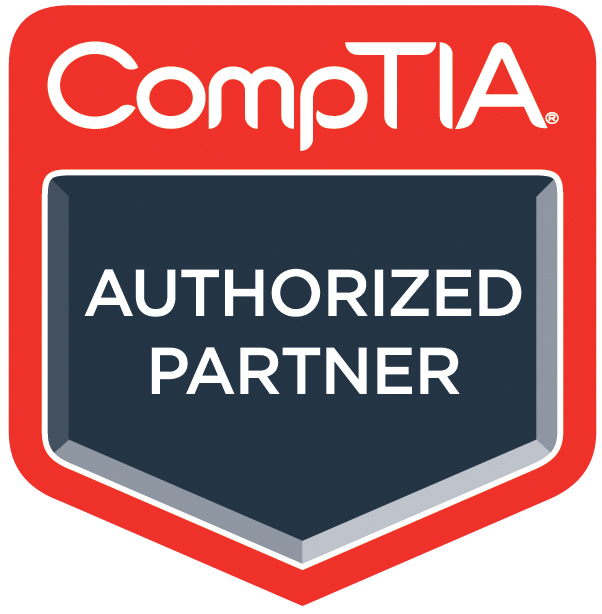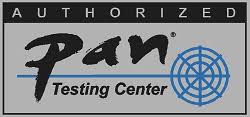
Five steps to becoming a Successful Hacker
1) Learn the computer basics.
You need a sufficient level of knowledge on computer networks. This isn’t required, but it sure does help a lot. Some of the key things to focus on are IP addresses, MAC addresses, how networking works, components within a network, computer hardware, and ports and protocols. The more you know here, the easier your job becomes.
2) Learn the web basics.
This might seem like something you would lump together with computer basics, but it’s not even close. Here you need to have a fundamental understanding of web programming and web protocols. Understanding different programming languages like JavaScript, HTML, and CSS, while having an entry level proficiency with them are a good start. You should also be well versed in protocols like HTTP, FTP, TLS, RDP, and so on.
The Best Certifications for Programming
- AWS Certified Solutions Architect-Associate
- Microsoft Certified: Azure Fundamentals
- Automation with Python
3) Learn hacking techniques and security measures.
You need to become well acquainted with security measures, best practices, common vulnerabilities, tools used to find and exploit those vulnerabilities, and ways to patch and prevent those vulnerabilities. This step requires a thorough understanding and will require some studying. There are several books that cover this topic. This is the bread and butter of a skilled hacker. It’s the instructions for how to perform your job. This is probably the most important step, because without it you cannot apply your skills. This is the equivalent of putting together your hacking toolbox, so to speak. You can find entire lists of hacking tools already consolidated for you online. Try
The Best Hacking Tools
- Nmap (Network Mapper) – a network security mapper capable of discovering services and hosts on a network, thereby creating a network map.
- Nessus – the world’s most well-known vulnerability scanner, which was designed by tenable network security.
- Nikto – a web scanner that scans and tests several web servers for identifying software that is outdated, dangerous CGIs or files, and other problems.
- Kismet– a sniffer and wireless-network detector that works with other wireless cards and supports raw-monitoring mode.
- NetStumbler – an ethical hacking tool that is used to prevent wardriving, which works on operating systems based on windows.
- Acunetix – an ethical hacking tool that is fully automated, detecting and reporting on more than 4500 web vulnerabilities, including every variant of XSS and SQL Injection. Acunetix fully supports JavaScript, HTML5, and single-page applications so you can audit complex authenticated applications.
- Netsparker – a tool that mimics how hackers work. This tool identifies vulnerabilities in web APIs and web applications such as cross-site scripting and SQL Injection
- Intruder – is a completely automated scanner that searches for cybersecurity weaknesses, explains the risks found, and helps address them. Intruder takes on much of the heavy lifting in vulnerability management and offers over 9000 security checks.
- Nmap – is an open-source security and port scanner, as well as a network exploration tool. It works for single hosts and large networks alike. Cybersecurity experts can use Nmap for network inventory, monitoring host and service uptime, and managing service upgrade schedules.
- Metasploit – is open-source, and Metasploit Pro is a commercial offering, with a 14-day free trial. Metasploit is geared towards penetration testing, and ethical hackers can develop and execute exploit codes against remote targets.
4) Practice, practice, practice!
You need to practice a wide variety of different targets. Sure, you can start with one, but you want to be well versed in a variety of different targets to increase your chances of finding those critical vulnerabilities. Once you have mastered step 3 from an academic standpoint, this becomes the next most important step. The hacking process is going to be your best friend here. Don’t forget to bring that toolbox you built in step 3!
5 CYBER SECURITY CAREER PATHS WITH JOB ROLES AND SALARIES
5) Stay up to date on your profession.
To ensure you remain an asset in this field, it is vital to continue your research and stay current on the latest vulnerabilities. There are reports that provide information about new vulnerabilities that are published all the time. You will want to remain intimately involved with things that are going on in the hacking world.
MOST POWERFUL HABITS OF CYBERSECURITY PROFESSIONALS
That’s it! Five steps to becoming a successful hacker. We wish you the best of luck on your conquest into the world of hacking.
































